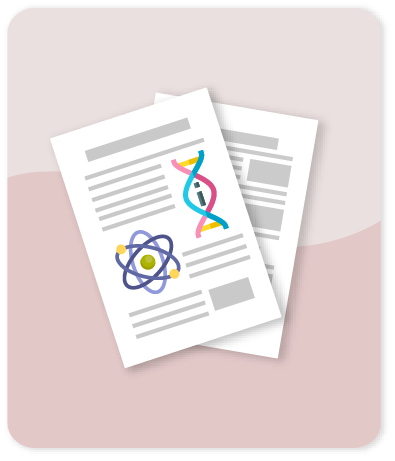A Kinetic Modelling of the Growth Rate of Lolium perenne for Phytotoxicity Bioassays

Share this
Author
Cruz Y.
Carmago G.
Gallego J.L.
Saldarriaga J.F.
Citación
Metadata
Show full item recordAbstract
Plant growth rate represents one of the main factors in the vegetal-model bioassays design and the development of phytoremediation technologies. Lolium perenne is a promising plant to heavy metals monitoring and phytoremediation, but bioassays protocols and toxicity limits are needed. In this research, the effects of cadmium and mercury on germination time and emergence as toxicity markers of Lolium perenne plants were determined. Seeds were exposed to increasing concentrations in the range of 0 to 25 mg/L of cadmium (Cd2+) and mercury (Hg2+) in Petri dishes, by independent experiments carried out for 14 d. Emergence, root and shot length were assessed and kinetic parameters of growth were calculated. After 14 d, the maximum germination index of control seeds was 78.7 ± 4.8 %. The treatment of 25 mg/L Cd2+ posed an inhibitory effect on the seeds emergence of 24.7 %, and reduced the velocity germination Index (VGI). The maximum germination index of Hg2+ treated seeds had not significant differences to control. Toxic effects of Cd2+ and Hg2+ were found on the development of stem and roots of Lolium perenne, however, the range of concentrations which the plant grows well, is considered a suitable condition to potentially act as a phytoremediator. The kinetic parameters of growth are useful to perform toxicity tests and phytoremediation protocols of Lolium perenne. Copyright © 2019, AIDIC Servizi S.r.l.
Collections
- Indexados Scopus [1893]
